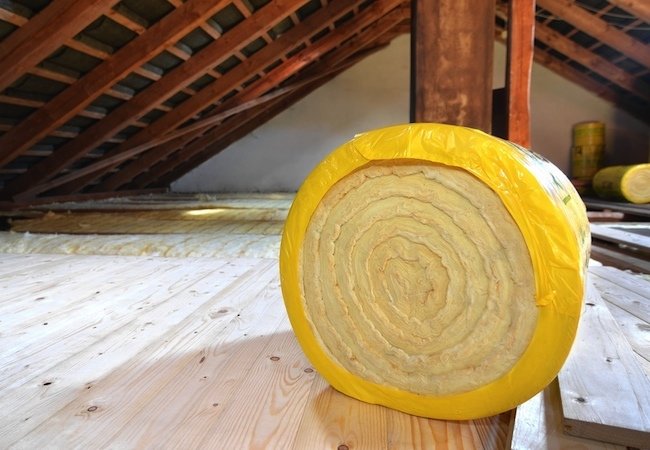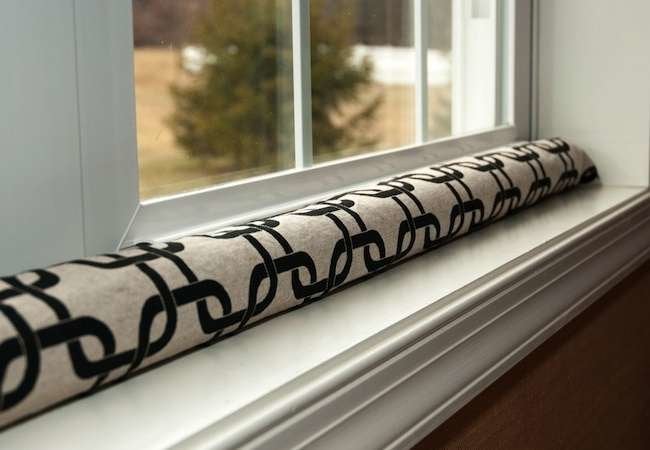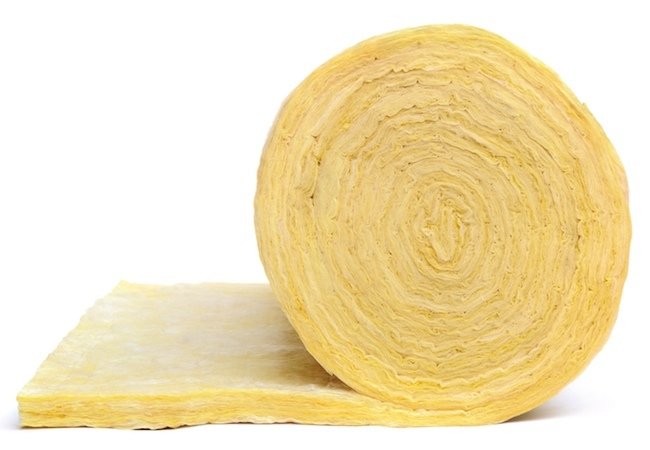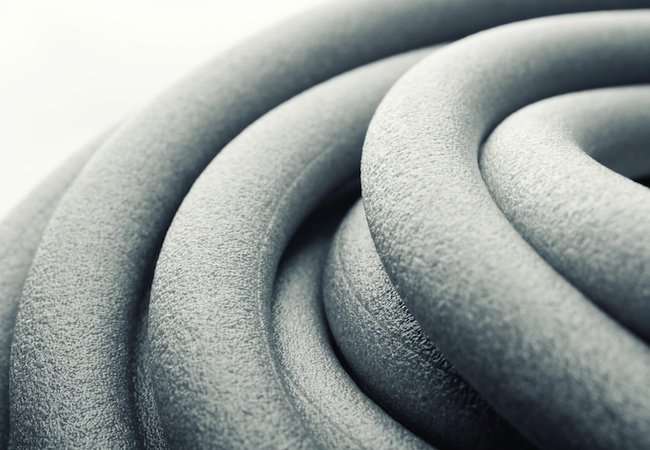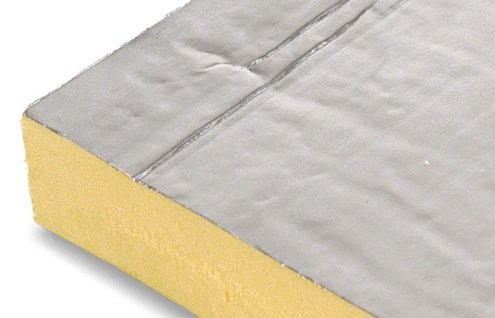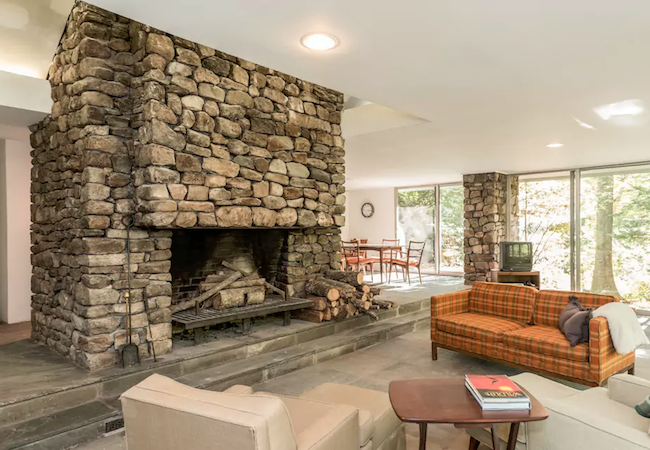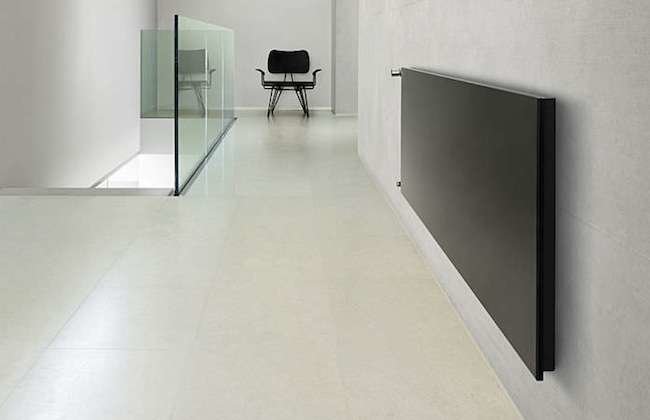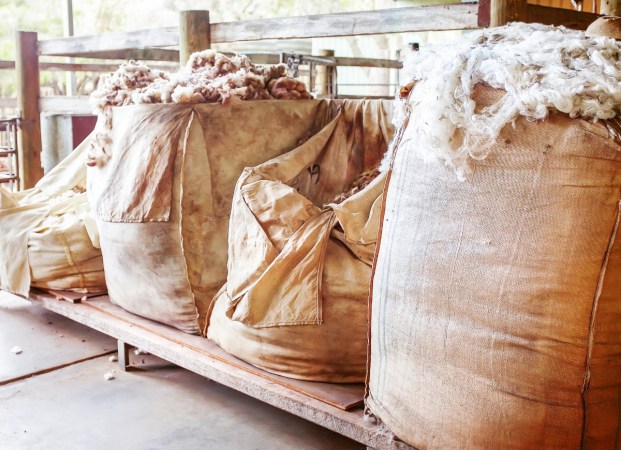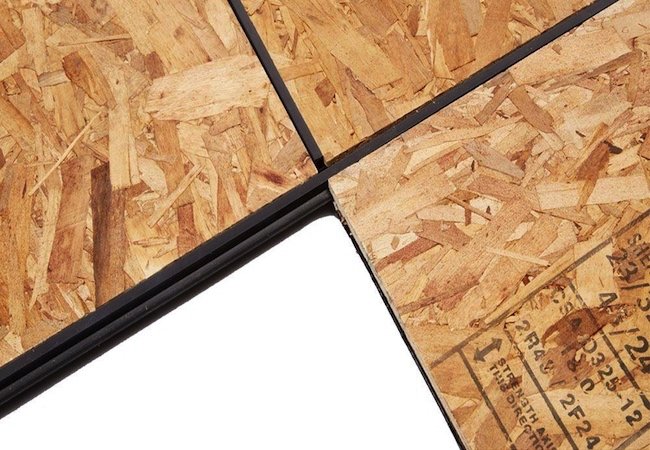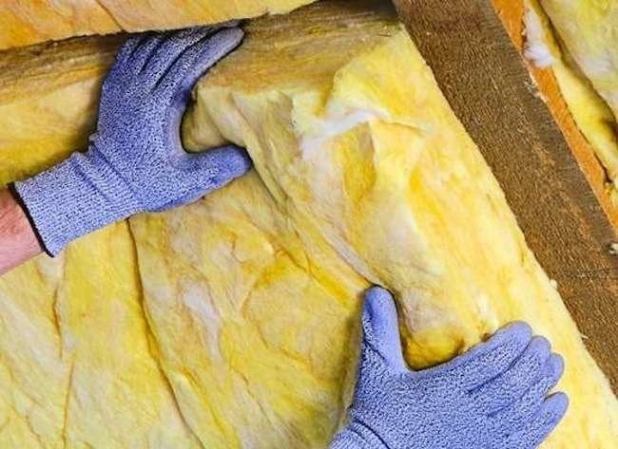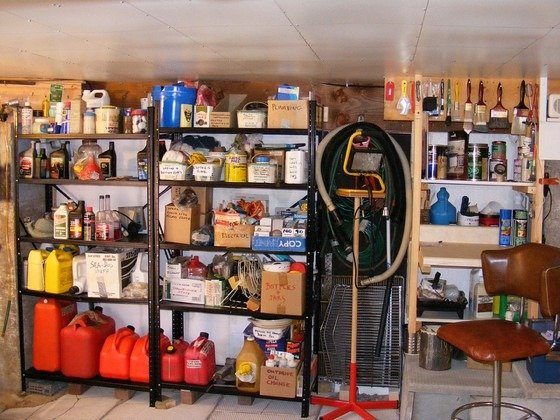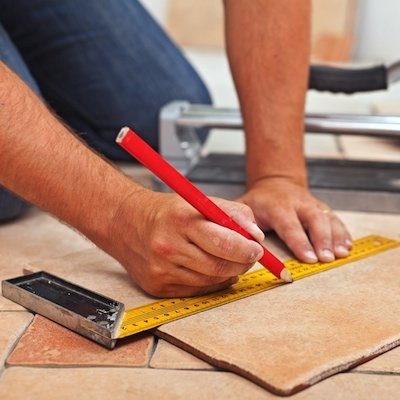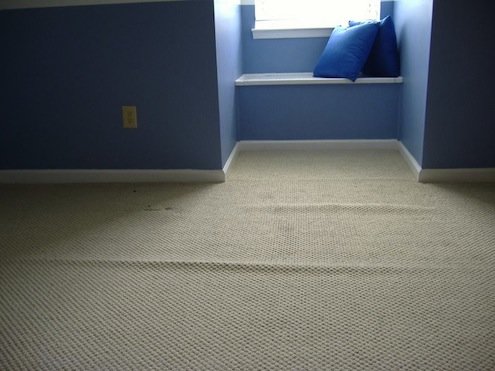We may earn revenue from the products available on this page and participate in affiliate programs. Learn More ›
Are you getting the sense that your heating and cooling costs are going through the roof? You might be absolutely right: An attic with poor insulation can cost you big bucks. Why wait any longer? The U.S. Department of Energy estimates that attic insulation can substantially decrease—by anywhere from 10 to 15 percent—the amount of money you devote each month to keeping your house at a comfortable temperature. Whether you undertake the job yourself or a hire out the work to a contractor, you’ll experience both an immediate and long-term benefit to your bottom line. As you start planning to insulate the attic, consider the following factors.
Types of Insulation
There are many different types of insulation, all of which are readily available at your local home center. For the tightest nooks and crannies of the attic, many people choose loose-fill insulation. Most common, though, is blanket-style insulation, made of either fiberglass or rock wool. The material comes in rolls or square batts, and for the convenience of contractors and do-it-yourselfers alike, it’s presized to fit between most studs, rafters, and joists. To seal up air leaks around chimneys, plumbing stacks, or any similar components that penetrate the building envelope, hire a pro to apply closed- or open-cell spray foam insulation.
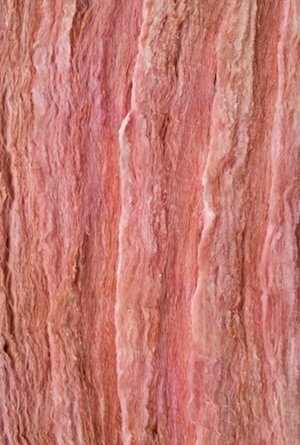
R-Values
How much is enough insulation? In part, that depends on what type of insulation you’ve chosen to install. Each type rates differently on the R-value scale—a measure of how well a product blocks the passage of heat and cold. Most current building codes call for R-50 insulation in the attics of new homes, while specifying R-38 for insulation retrofit into existing dwellings. But the age of the home isn’t the only variable; one must also consider its geographical location. Energy Star provides an easy-to-read chart that specifies the recommended R-values for different parts of the country.
Ventilation
It may seem counterintuitive, but while attic insulation is critical, ventilation of the attic is equally important. Without ventilation, moisture can accumulate and condense, eventually rotting the insulation and compromising structural integrity. As well, ventilation goes a long way toward neutralizing the seasonal threat posed by ice dams, which are capable of causing extensive, expensive damage.
Some experts discount the value of attic vents, particularly in warmer climates. Most, however, agree that vents in the attic not only keep the house more comfortable, but also prevent potential problems. The typical attic includes ventilation in three locations: on gable ends, along the roof ridge, and in soffits. If you’re planning to install attic insulation, it only makes sense to think about ventilation too.
Before You Start
Before you begin the installation process, no matter what type of insulation you’ve chosen, take the time to do some prep work. In attics without lighting, prep includes plugging in a temporary clip-on work lamp; a flashlight won’t cut it here. Once you can see what you’re doing, look around for discoloration or any other evidence of a roof leak. Make all necessary repairs before continuing. Where there’s no flooring, lay down 3/4-inch plywood panels, so you have a safe, comfortable platform to work from. Finally, remember that most insulation products release hazardous particles. If you choose to insulate the attic yourself, it’s imperative that you wear full protective gear and a dust respirator.
Notes on Installation
Insulation expands once unpackaged, so leave it wrapped until you are ready to use it. Also, bear in mind that if you compress insulation in order to make it fit, the product loses much of its R-value. A better strategy is to measure the span into which you’re placing the insulation, before cutting the product to size. To cut blanket-style insulation, place the product over a piece of plywood, with its paper (or foil) side down. Lay a two-by-four on top, temporarily compressing the insulation to a manageable thickness. Finally, run a standard utility knife along the edge of the lumber, through the insulation, and down to the plywood.
Insulating the attic is a surefire way to warm your home this winter. But other home maintenance tasks can also defend your house (and all of its inhabitants) from chilly weather and blustering winds. Learn more by watching this video:
